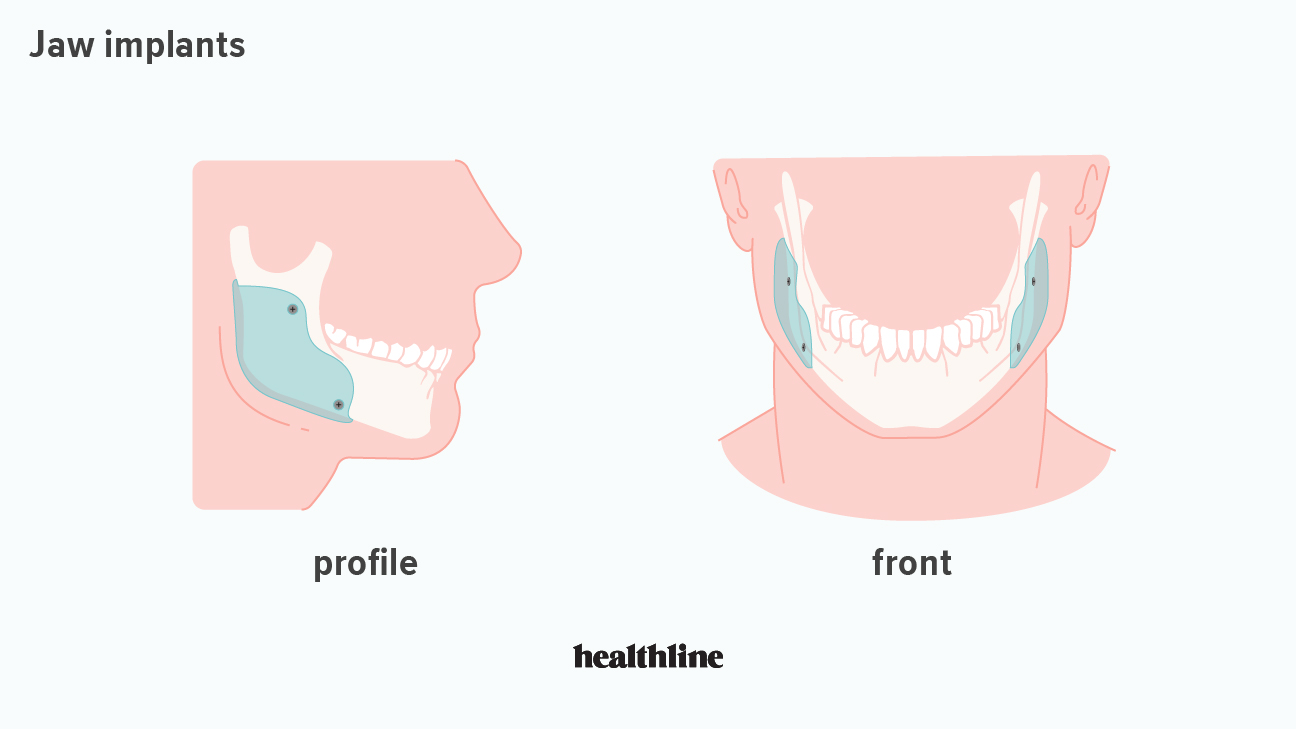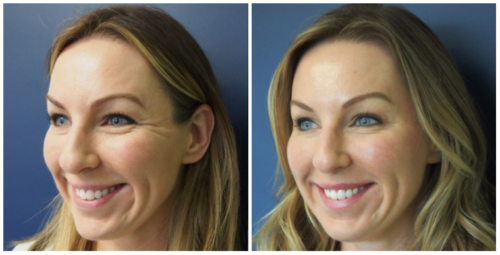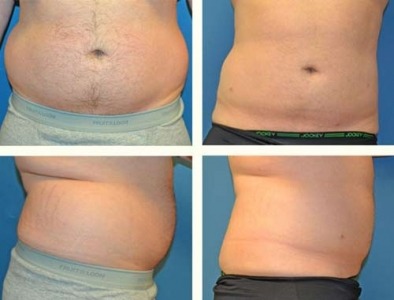
Two options for breast surgery are available: Breast reconstruction can be performed with implants or with your own tissue. An autologous reconstruction is when the doctor uses the woman's back muscle and fat, as well as her lower abdominal segment. A mastectomy can be done on a woman who is nipple or skin-sparing. Both methods can cause scarring. Breast surgeries are not right for everyone.
Breast reduction surgery
Most breast reduction surgeries can be performed outpatient. Although there may be some swelling or discoloration following the procedure, it will usually disappear within a few days. In a few days, the stitches and bandages can be removed and the patient shouldn't resume strenuous activities within one month. The initial recovery period for a breast reduction can be uncomfortable. However, breasts will begin to look more natural and soften over time. Six months to one year will pass before you can see the results.
Following surgery, the surgeon will make incisions along the natural breast crease. These incisions will allow for the removal of excess skin and fat. Some women may have their breasts raised. The surgeon will close the incision using either internal or external dissolvable sutures. A night stay may be necessary for the surgical recovery. After the surgery, the patient is released from the hospital. The entire procedure will take between two and five hours.

A mastectomy that is nipple-sparing
Nipple-sparing breast surgery is an alternative to traditional radiation treatment. This procedure preserves a patient's breasts and avoids radiation treatment. Even though not all women who are undergoing this surgery will do so, about 30% of those who are new to the procedure may not be required to undergo radiation treatment. This surgery is an option for women who have large or small breasts.
Although not readily available, this type of surgery has positive results. It preserves the entire breast envelope, including the nipple skin and the darker skin circle around it. Usually, a breast reconstruction is performed immediately following a NSM. It is not widely used for breast cancer treatment, but it has gained popularity. Its benefits outweigh their disadvantages.
Mastectomy that saves skin
A skin-sparing mammectomy is a cosmetic procedure where all of the breast skin is removed, except for the nipple. This allows surgeons to reconstruct the breast without scarring. The surgeon will use a flap or implant to replace the lost volume. There are two types: the TRAM or Latissimus skin-sparing mastopexy. Each uses tissues and muscles from the body to reconstruct breasts.
There are many benefits to skin-sparing breast surgery, such as the preservation of the inframammary and native skin layers. This procedure enhances the cosmetic appearance of the breast reconstruction by conserving the native skin envelope and inframammary fold. This procedure also eliminates the need of contralateral symmetrizing. However, there are a number of risks associated with skin-sparing mastectomies.

Modified radical mastectomy
Modified radical mastectomy can be a safer option than a full-thickness mastectomy. A modified radical mastectomy is less invasive than a full-thickness, conventional mastectomy. It removes the breast, most lymph nodes, and the lining above the chest muscles. This type of surgery also preserves breast tissue. But, not all surgeons have the training to perform these types. It is important to consult your doctor before you decide which type of surgery to have.
While the majority of hospitals are now using traditional modified radical mastectomy techniques, it isn't widely used. Modified radical mastectomy techniques are geared towards protecting the anterior nerve and the intercostobrachial. These nerves are to be preserved for sensory functions only. These techniques are similar to those used by Halsted Meyer, Patey, and Meyer. Moore61 in 1867 described a similar approach.